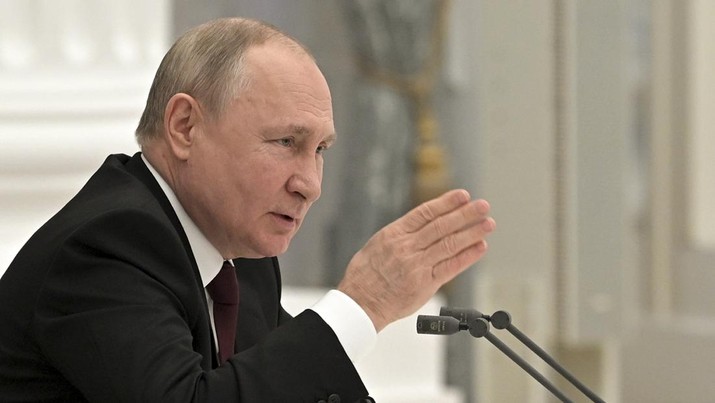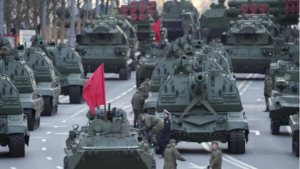
STRATEGIC ASSESSMENT. As great power competition between the United States, Russia, China, and other near-peer nations heats up, states are looking at leadership in the Arctic as a critical pillar of great power status. Indeed, Russia views the Arctic as one of the few regions where it can realistically gain the upper hand on the United States and China, though both Washington and Beijing continue to build their respective capabilities in the region. The Arctic region not only has vast economic potential, but it serves as a frontline in the North Atlantic for Russia and its ability to project power. In another sign of its growing importance to Russia’s overall military strategy, in January 2021, Russia’s Northern Fleet was elevated to the status of “Military District” as part of a broader reorganization.

Russia has directed more military and financial resources toward establishing primacy in the Arctic region. This includes rebuilding airfields and constructing new radar stations to improve air and maritime domain awareness to detect and track aircraft and maritime vessels, respectively. Part of Russia’s efforts in the Arctic includes refurbishing military bases and outposts on a number of territories, including Wrangel Island (a mere 300 miles from the Alaskan coast); Kotelny Island; Alexandra Land Island; the Kola Peninsula; and Novaya Zemlya, an archipelago in the Arctic Ocean. In addition, Russia has also designated special forces as part of its so-called Arctic Brigade, and these elite units regularly deploy to the Arctic for military exercises and training. This Arctic strategy means that Moscow has conducted numerous military exercises in the region and has sought to build up its sea denial and interdiction capabilities.

The Arctic is crucial to the maintenance of Russia’s naval strategic nuclear forces. The Northern Fleet is comprised of nuclear-powered missile and torpedo submarines and missile-carrying and anti-submarine aviation, among other capabilities. Russia has an array of submarine forces, including fast-attack submarines and submarine-based nuclear forces and boasts an impressive icebreaking capability, comprised of a fleet of more than 40 ships. Icebreakers help clear passages so military and commercial vessels can transit. Some of Russia’s icebreakers are equipped with missiles and electronic warfare capabilities. By comparison, the U.S. only has two Coast Guard cutters capable of operating in heavy polar ice, although Washington looks to fund and additionally build more icebreakers.

The result is a multi-pronged Russian approach that considers both the economic and military benefits offered by control of the Arctic and focuses on protection of the Northern Sea Route, as well as an overhaul of airbases, radar stations, border outposts, and integrated emergency rescue stations. While Russia portrays its posture in the Arctic as mostly defensive in nature, Moscow does possess cruise missile and unmanned drone capabilities in the region, which have caused concern for the U.S. military. One of the main tenets of the Russian strategy in the Arctic is to deny access to Russian adversaries, including the U.S. and its allies. Vulnerabilities for NATO countries remain in the maritime chokepoint known as the GIUK-N (Greenland, Iceland, United Kingdom and Norway) Gap, including threats to NATO’s sea lines of communication.

The impact of climate change in the Arctic is another important development that many countries are watching closely. As polar ice continues to melt, it will bring more maritime traffic in the region and could fundamentally reshape the nature of how countries perceive the Arctic. There will be new opportunities for energy exploration as well as trade routes previously unavailable. Some projections suggest that melting ice could clear a shipping lane that might reduce transit time between Southeast Asia and Europe by as much as forty percent. As such, Russia views the Arctic as essential to the furtherance of its natural resource development, but also as a centerpiece to its geopolitical strategy, anchored in great power competition against its longtime rivals.

The Arctic was previously treated as a zone of depoliticized cooperation, but given the impetus of great power competition, this is changing rapidly. Interestingly, next month Russia will assume chairmanship of the Arctic Council (which consists of Russia, the United States, Canada, Denmark, Finland, Iceland, Norway, and Sweden) until 2023. The international community will be watching closely and paying particular attention to whether Russia tries to use its chairmanship of the Council to further its own geopolitical interests in the region while attempting to constrain the sovereignty of its rivals (TSC).





